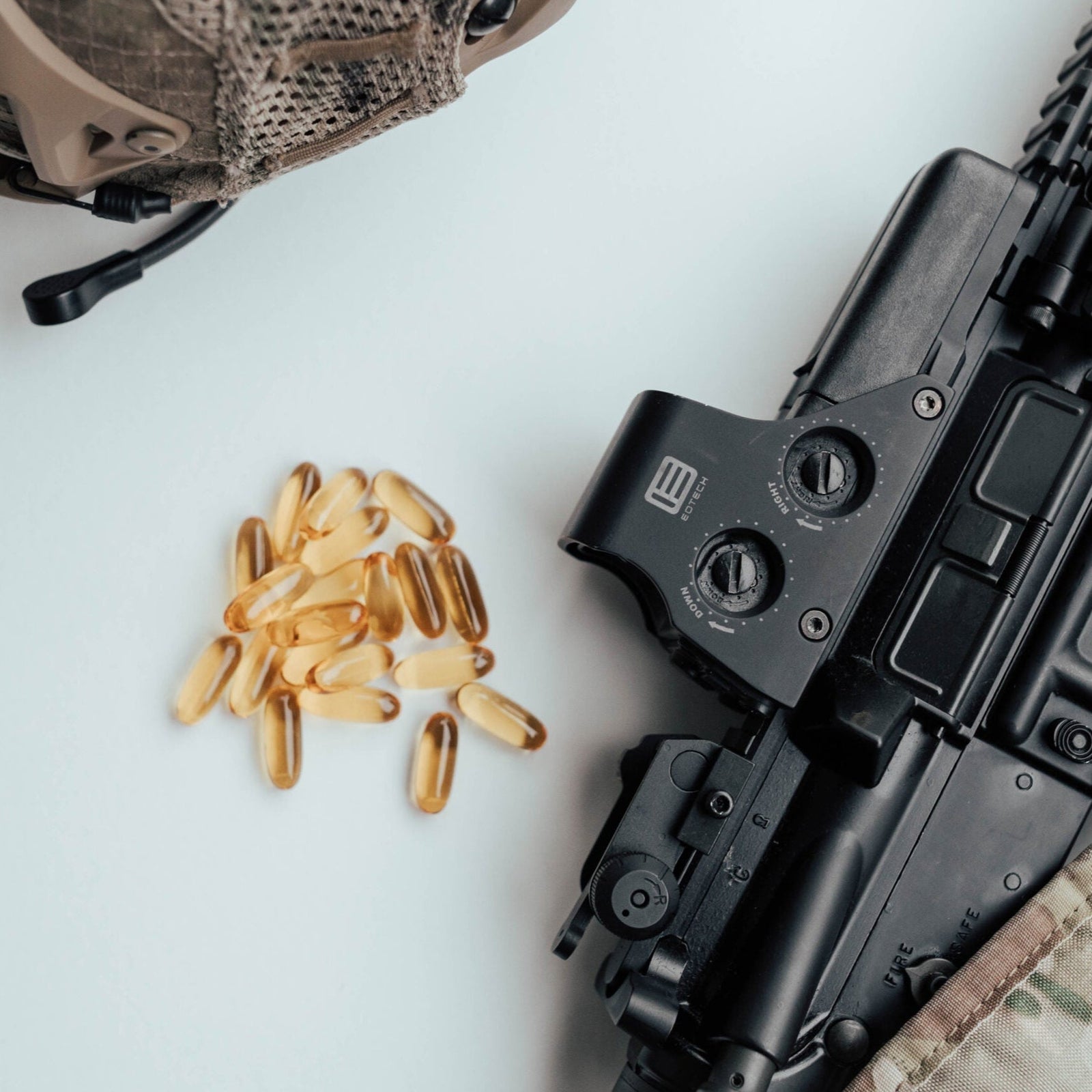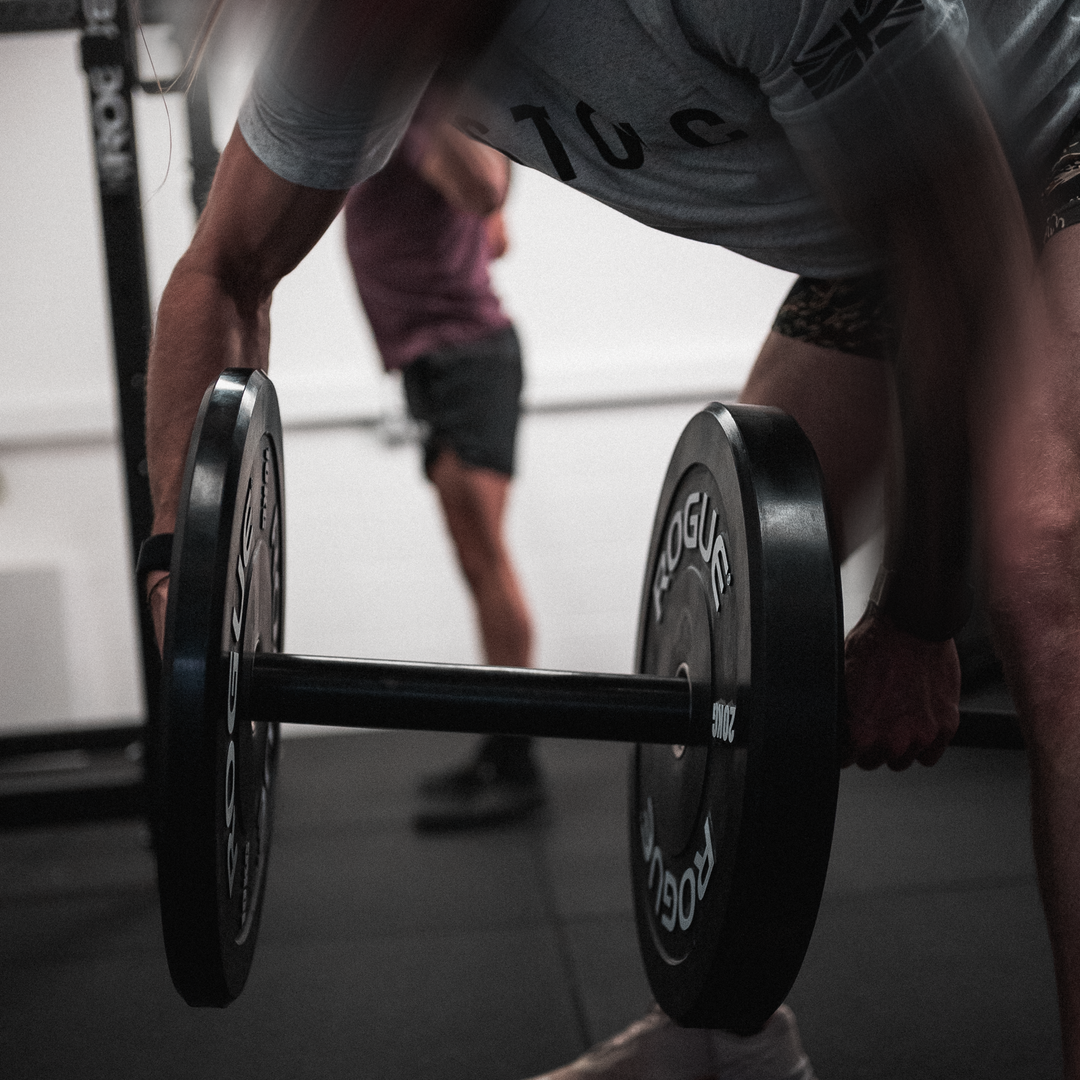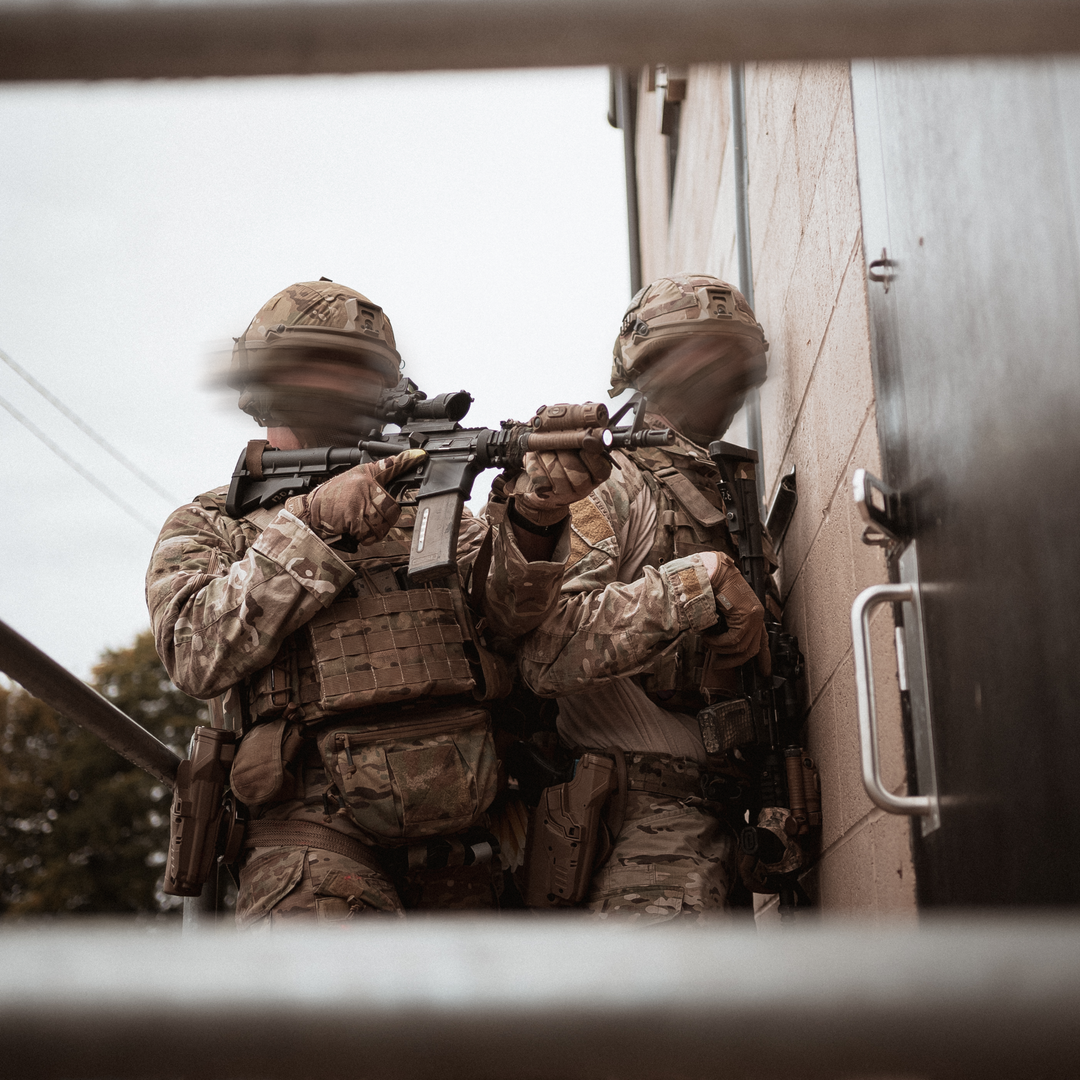HOW TO OPTIMISE YOUR VITAMIN D3 LEVELS FOR OPERATORS AND SOLDIERS

Vitamin D:
Vitamin D is a fat-soluble vitamin responsible for hundreds of metabolic processes. Nearly every cell in our body has a receptor site to react to its presence or lack there of. To list a few; Vitamin D plays a role in exercise-induced inflammation, neurological function, cardiovascular health, immune health and glucose metabolism. However, in regards to the Tactical Athlete we are most concerned with bone health.
Vitamin D & Bone Health:
Individuals with low blood Vitamin D scores have an increased risk of bone disorders like rickets and fractures. This is due to Vitamin D’s affinity for the absorption of dietary calcium. For the Tactical Population low blood Vitamin D levels translates to greater risk of stress fractures. For those of you in basic training this can be career threatening. If this is the first time you have heard of Vitamin D and you are reading this in the UK, then the chances are you are already deficient.
Optimal Blood Levels:
If you choose to take a test (These can be found online) what you should be concerned about is your circulating 25-hydroxyvitamin D [25(OH)D] concentration. This score will inform you of how much vitamin D has been produced in your body from sun exposure, food consumption and supplements. An optimal range is between 75-100 nmol/L. If you’re in this bracket good effort, keep doing what you are doing. Read on to confirm what you are most likely already practising. If you are not hitting these levels read on, as we shall discuss how to increase them.

Where Do We Find Vitamin D:
As humans we can produce Vitamin D from exposure to the sun. Exposing yourself to the sun for 15 minutes a day can help to increase blood levels. However, the UK is not known for its good weather. Add to this the negating effects of standing behind glass or the application of sun cream, then exposure is poor. Which means we are left with two options consumption and supplementation.
Consumption From Food Sources:
Vitamin D exists in various forms. The one we are interested in is the animal form known as Vitamin D3 (cholecalciferol). However, plants also synthesise Vitamin D and this is referred to vitamin D2 (ergocalciferol). Consumption of foods that contain Vitamin D such as eggs, salmon and milk to name a few, helps but unfortunately the levels present in these foods are again too low to significantly effect blood levels. Which leaves us with supplementation.
Considerations for the Tactical Athlete:
Now we have established the various sources of Vitamin D, you can start to build a picture that as a Tactical Athlete you are very unique when it comes to Vitamin D synthesis. Dependent on Job role your exposure to sunlight will vary vastly. If you are an infantryman, most of the time you spend outdoors on either Ops or on exercise you actively cover up your skin with clothing and protective equipment and in some circumstances even cam cream for tactical purposes. Combine this with the fact you will move mainly at night under the cover of darkness and lay up during the day, although you may be outdoors, your exposure to the sun is severely reduced.
The same can be said for other job roles, for example those that work in various int cells and ops rooms etc. the vast majority of your day is spent behind a desk or a model board, meaning your exposure to sunlight is again severely reduced.
To combat these limitations you need to supplement your diet with the commercially produced pharmaceutical grade Vitamin D3 (cholecalciferol).
Dosages and Timing:
As a Tactical Athlete depending on your current sun exposure it is recommended you take 2000-5000iu of Vitamin D3 per day. For example in the summer time or on operations in the middle east 15 minutes in the sun alongside 2000iu of supplemental D3 will be suffice. When your environment or job role prohibits adequate sun exposure then 3000-5000iu will ensure optimal Vitamin D levels are maintained.




